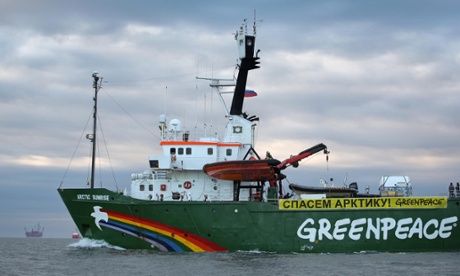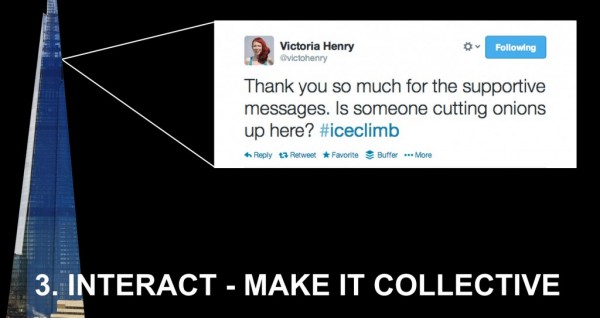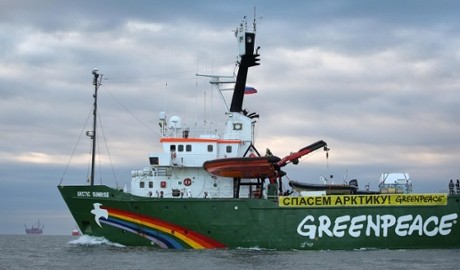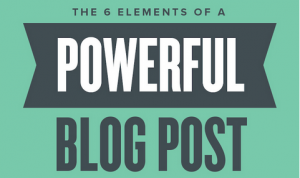By Jeanette Russell, Published November 14, 2014
Citizen influencers need to feel personally involved in a movement if they are to throw their support behind a cause. If you don’t know what a citizen influencer is you aren’t alone, but the good news is you don’t have to go out and find these people – chances are you’ve already got hundreds, probably thousands, in your database.
Citizen influencers are people who thanks to high Klout scores, having lots (3000 – 5000) of followers on social networks, their job role in their professional lives, or them being a celebrity (the easiest to define in the influencer category) can influence others and amplify the reach and engagement rates of your campaigns. Rallying supporters in the digital space isn’t just about clicks, likes or donations, it’s about tapping into the authentic narrative at the heart of a nonprofits aims and making that personal to your audience. Give them a reason to care again.
With the holiday season coming up this is the busiest time of your for nonprofit fundraising, which is why now is the time to mobilize your citizen influencers and raise vital funds for next year.
Greenpeace, one of the worlds leading environmental nonprofits, with 15,000 volunteers, offices in 40 countries and annual global donation revenue in the region of $ 88.5 million, knows a thing or two about mobilising citizen influencers.

They shared some of these lessons with activists and digital strategists at the Greenpeace Digital Mobilisation Skillshare (DMS) earlier in the year, many of which are worth noting for nonprofits wanting to achieve similar levels of fundraising success.
Make It Personal
Getting buy in from citizen influencers means putting them in the mindset of those who benefit from the work of a nonprofit. In 2007 the Greenpeace ship Arctic Sunrise was held by Russian coastguard and the crew later imprisoned on charges of piracy when trying to protest arctic drilling by the Russian oil and gas conglomerate Gazprom.
Greenpeace immediately mobilised public sentiment against the actions of the Russian state, branding the crew as the “Arctic 30,” sharing stories from those in prison and their loved ones. After three months the crew, and several months later the ship, was released, thanks to international protests and diplomatic pressure.
With the Arctic 30 issue taking on the importance of a diplomatic incident Greenpeace benefited from an outsized amplification of their campaign which most nonprofits don’t get. However, their tactics on social media are things all nonprofits can do themselves. There’s no trick. It is all about listening to your supporters then making an ask of them at a time when something happens which they care about, like when the American Friends Service Committee (AFSC) organized peace related social media activities so soon after the violence in Ferguson, MO.
2. Add Suspense, Drama
Sometimes there is genuine suspense and fear, like in the Arctic 30 case. Other times it has to be artificially created in order to keep the publics attention. Hold back details in order to build intrigue and ongoing interest. The best stories always leave people guessing, wanting more – so it would benefit your campaigns to bring an element of mystery to your audience, leaving them wanting to follow along and get others involved.

3. Make Stories Interactive
Standing 87 floors high (310m / 1,016ft), The Shard is one of London’s tallest skyscrapers. Shaped like a shard of ice and housing the oil giant BP (amongst other tenants) Greenpeace UK thought a climb to the summit would get the public’s attention about drilling in the Arctic circle.
Six women took sixteen hours to climb to the top, unveiling a “Save the Arctic” flag once they got to the top. Throughout the climb supporters were interacting with the climbers on Twitter (who were also live streaming using helmet cameras), bringing citizen influencers and supporters together in a way never before possible.
During hot campaign moments, like this, you mobilize your fans – all of those who can’t take part in person – through engaging, shareable social media content. With enough people talking about your campaigns online they will quickly pull in those who took an interest on the strength of the content alone, thus strengthening your support base. A further 50,000 joined the Greenpeace Save the Arctic campaign as a result of the climb up the Shard.

4. Develop The Story
For suspense and engagement to build up a story has to develop naturally. Throwing in a few suspenseful moments and unexpected twists or characters is another great way to keep the audience engaged, sharing, and donating.
5. Have A Strategy Timeline
Plan for the story to have a certain duration. Ideally it should be the same length as the campaign you are planning. Don’t start with enthusiasm for it one week only for it to fizzle out the next week. Have a point person to coordinate internal staff and external stakeholders so that it helps you meet campaign targets.
Business Articles | Business 2 Community
(280)






